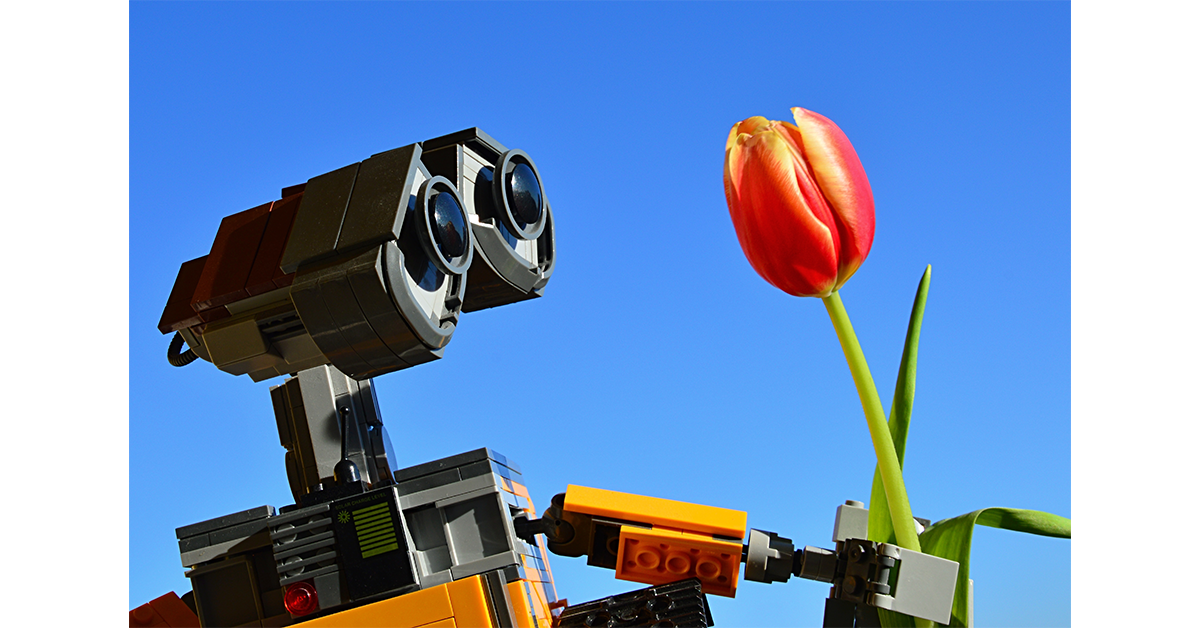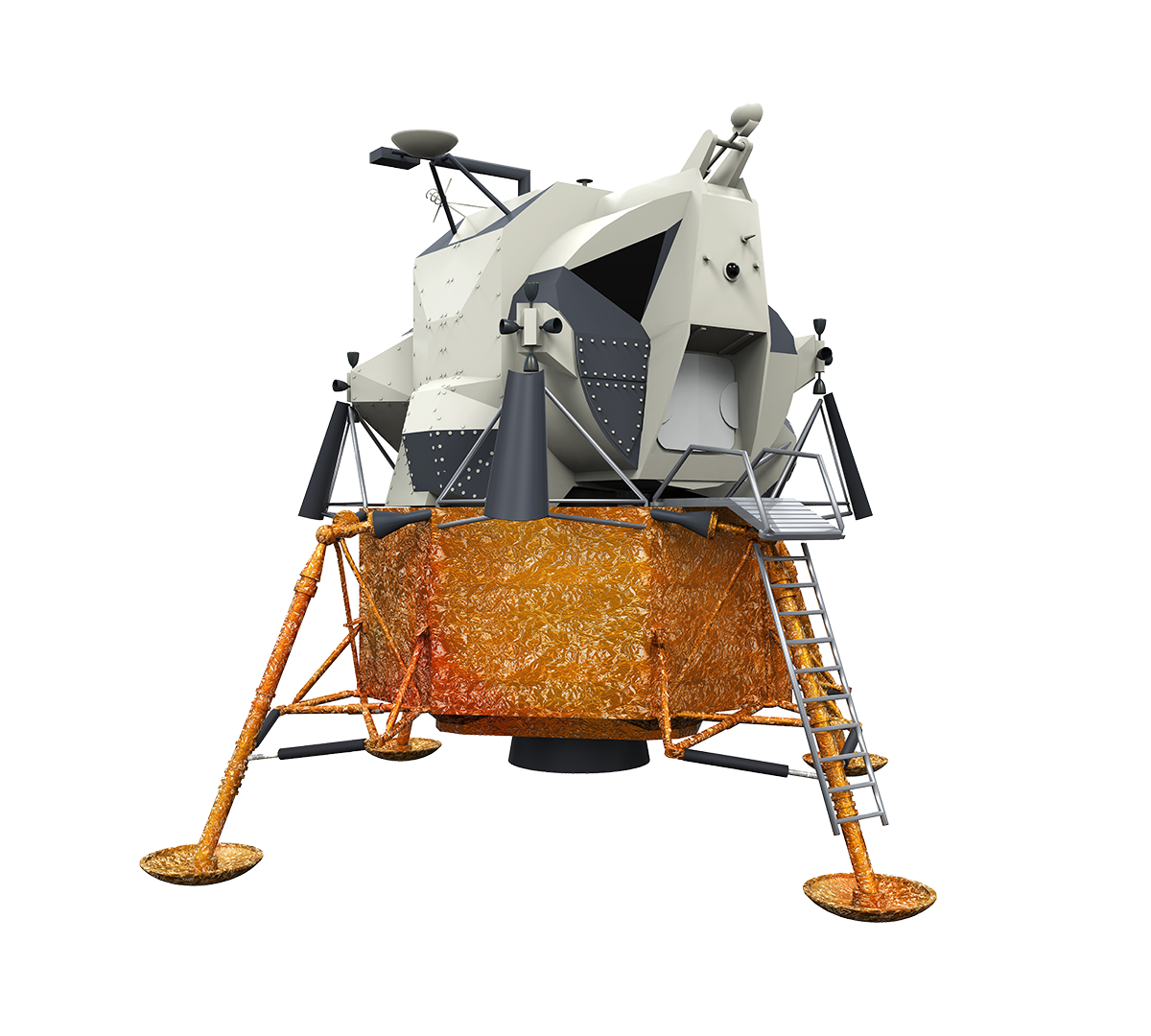When thinking of space exploration one of the biggest concerns people have with space exploration is how sustainable it really is, and if it causes more harm to our planet than benefits. Many people think of the movie Wall-E when thinking about the sustainability of space exploration. And even though Wall-E is an adorable robot romance, it still holds a dark tale that has often been associated with our potential future. Although space exploration does cause sustainability concerns, NASA is constantly trying to come up with new solutions. Some problems associated with space exploration include increased carbon dioxide emissions, global warming and hydrochloric acid production.
Carbon Dioxide
Carbon dioxide increases with launches due to the amount of kerosene that specific kerosene fueled rockets contain. Some specific rockets such as the Spacex’ Falcons and NASA’s Saturn V rocket contain a refined version of kerosene which is a type of fuel used in households and as a fuel for aircraft. Spacex’ Falcon rockets carry about 440 tons of it which is equivalent to approximately 163 elephants. When this gas is released it increases the amount of Carbon Dioxide in the atmosphere. Space exploration also contributes to global warming in that aspect of the launches of rockets. The boosters on the rockets contain aluminum powder and ammonium perchlorate which when combined creates aluminum oxide which used to be believed to cool down the Earth, however recent studies have shown that it actually contributes to global warming by absorbing outgoing long-wave radiation. So long story short the chemicals in the boosters heat up the earth by acting as a sponge to long-wave radiation.
Hydrochloric acid
The high production of hydrochloric acid also becomes concerning when it comes to sustainability. Hydrochloric acid is produced from the perchlorate oxidizers which are used for the combustion in the rockets. When this hydrochloric acid falls into water and other plants, the water becomes too acidic for fish and wildlife, and the plants also become reduced. The acid is so strong that it will literally burn the plant and its roots. Even a drop of the acid on the plants can cause that one affected area to burn. When putting this into perspective, when a rocket launches and drops this acid on the plants and waters surrounding the launch area, it can obviously have very bad effects on the ecosystem around the launch pad.
Innovative solutions:
NASA is luckily very innovative and is constantly trying to find new ways to become sustainable. They are currently replacing light- duty vehicles with low greenhouse gas emitting ones. NASA is also using more sustainable energy solutions such as solar power and wind power in order to lower the amount of electric pollution they use. They are also currently monitoring the planet using 14 different satellites, 7 different missions and over 17000 research grants all targeted to monitoring the planet's climate and prediction of global warming. They are also working on using carbon-neutral fuel in all aircraft to make them more eco-friendly and sustainable. NASA is also working on the United Nations 17 Sustainable Development Goals and is working with other partners in order to help these goals develop further helping the planet. So although many people believe space travel harms our planet, NASA is on top of it to make sure WALLE stays a fictional movie, and not our future.

